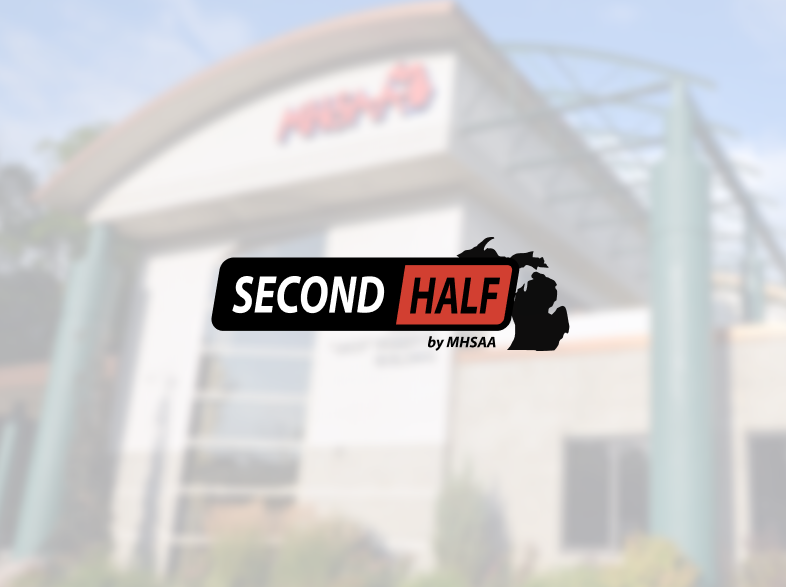
Family Practice
September 21, 2011
During my first winter on the job with the MHSAA I took my 4th-grade son to his first basketball practice, and I watched uncomfortably when his coach directed him to set a pick. My son didn’t have a clue what that meant, and was embarrassed; and I felt like a complete and utter failure as a sports dad.
During the drive home, my son asked me what the coach meant when he said “set a pick and then roll to the basket.”
So when we arrived home, I recruited his mom to guard my son as he dribbled the basketball in the living room, pretending the basket was over the fireplace hearth. I came up behind her and blocked her path as my son dribbled by, opening his path to the “basket.”
We repeated the drill, but this time his mom was wiser and scooted by me to guard my son; and when she did so, I rolled toward the “basket” and called for the ball. My son offered a perfect pass as I moved unguarded toward the goal.
We repeated the plays with me dribbling and my son setting the pick on his mom, and then rolling toward the goal.
Pick and roll, family style.
And my son couldn’t wait for the next practice.

The Limitation of Rules – Part 1
September 2, 2016
From the age of 10 to 20, my position as a baseball player was catcher. Sometime during that decade I was taught to return the ball to the pitcher with authority, with a snap throw from my ear, targeting the glove-side shoulder of the pitcher.
I caught every inning of every game, including doubleheaders. In those years, there was less concern than today for protecting the arms of pitchers, and there was no thought given to the throwing arms of catchers.
Today, the shoulder of my throwing arm is shot; I cannot throw a ball overhand with any force.
But here’s the thing. I didn’t ruin my throwing arm in youth and school baseball; I wrecked it as an adult doing silly things with a tennis ball on the beach with my teenage son. We had a blast for a summer afternoon, and I’ve paid for it the rest of my life.
The point of this brief baseball bio is to demonstrate an example of the limitations of rules.
We can identify dozens of risks to student-athletes and we can promulgate an equal number of rules to help them avoid injuries in our programs; but we cannot protect them against a lack of common sense in our programs or accidents in other aspects of their lives.
Even if we implement new rules to limit the number of pitches by a player, what good is that if, after reaching the limit, the pitcher and catcher switch positions? Do we need a rule to address that coaching decision too?
Do we need rules that prohibit large students from practicing against small, or experienced players from competing against inexperienced? How would we ever monitor or enforce such rules? Where do rules leave off and common sense take over?
Even if we put players in bubble wrap for sports, what do we do about their decisions away from sports, perhaps in vehicles, with their friends and their cell phones? Where do laws and rules stop, and personal responsibility start?

